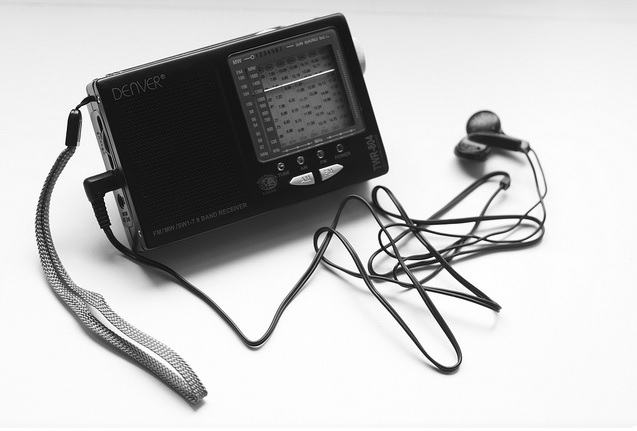Short-wave listening is a direct and immediate source of information and entertainment.
Among the means of communication, Radio remains the only medium which offers world-wide entertainment at a low cost.
Short-wave broadcasting, which started in late 1920s has the advantage of an almost unlimited reach at any time. By listening to short-wave stations, not only do you have a much wider choice than is possible from the local station, but you can hear new types of music, learn a foreign language and improve your general knowledge. It is also an excellent way of making friends in other countries.
All you need is a good short-wave receiver and a matching antenna.
To many, the mentioning of the term Short-wave Broadcasting will ring in mind, names like B.B.C, Voice of America or Radio Moscow. But in between these powerful broadcasts, one can find several other broadcasts, mostly in unidentifiable languages, broadcasting various types of programs and music. At first it may seem confusing to select and listen to a particular broadcast. Stations seem to be very close together on the dial. Persistent, patient and careful tuning will give results. Experience is the great teacher. ( Image by Cobra_11)
‘But, why so much trouble when you can get entertainment clearly on FM or Medium wave from the local broadcasting station?’
Human nature is such, that most people want varieties – be it in clothes or in entertainment. Some of us eagerly await to listen a transcription program produced by the BBC or Deutsche Welle when these are transmitted over the local station frequencies. Short-wave listening is a direct and immediate source of information and entertainment.
For most people this means scanning the short-wave bands looking for new SW stations, though often they are so weak that it is difficult to hear the station announce its name, let alone listen to the program content. The attraction here is that, if you listen on certain parts of the SW dial at the right time, you will find SW domestic broadcasts. These broadcasts are not intended for foreign listeners. It will be interesting to find out the right time and the frequency.
For geographical and economic reasons, some countries, mostly from the third world, use the SW band in the same way that FM or MW is used by the local stations.
The short-wave broadcasting bands (also called High Frequencies) are divided into two categories – Tropical bands and International broadcasting bands.
Three frequency bands on SW are assigned by the International Telecommunication Union (ITU) to broadcasting exclusively in the tropical countries. They are:
The 120 meter band (2300 – 2495 kHz.)
The 90 meter band (3200 – 3400 kHz.)
The 60 meter band (4750 – 5060 kHz.)
These Tropical bands are assigned to al countries located between the Tropic of Cancer and Tropic of Capricorn. These bands are also used by some other countries such as the Soviet Union, China, North Korea, Mongolia, Albania and Australia with its army broadcasting station.






More Stories
Is Companion Device Manager Spyware? 10 Shocking Truths Revealed
How To Delete Cash App Account Hassle-Free: A Step-By-Step Guide
Stopwatt Reviews: Scam or Legit? A Detailed Analysis